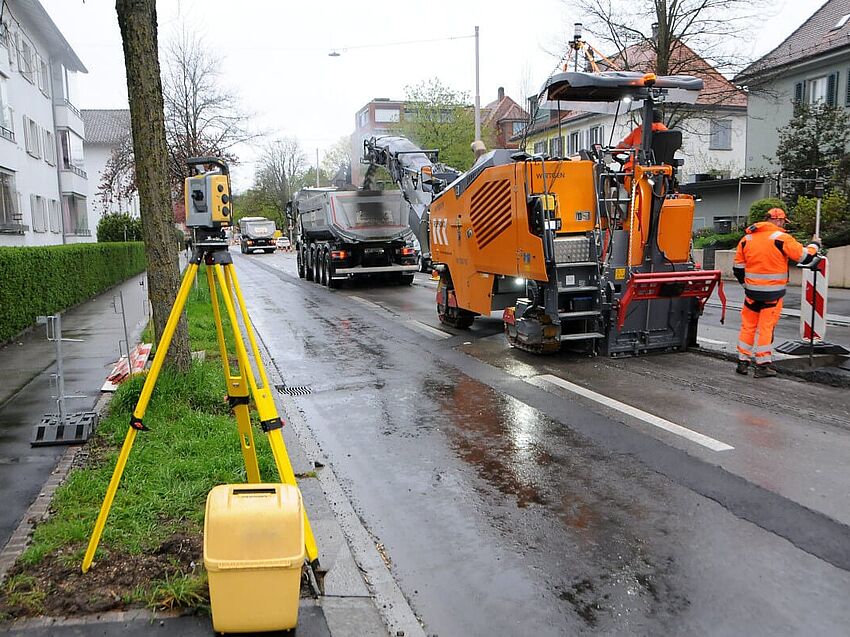In order to meet today's demands on timber construction, a research group at the TU Munich is working on improving the digitally supported value chain for timber construction with BIM.
Anthropogenic climate change is probably the greatest threat of our time. In order to prevent the resulting climate catastrophe, the European Commission presented the European Green Deal at the end of last year, a concept that aims to make Europe climate-neutral by 2050 through various measures. In the view of the timber industry, however, the potential of sustainable forest management and wood use was not taken into account strongly enough. The natural building material is regenerative and stores CO2 in the form of carbon. Due to its high stability, it enables more filigree constructions and multi-storey buildings and, thanks to its good insulating properties, a pleasant indoor climate. In short: timber construction is more promising than ever - and therefore all the more a candidate for BIM.
Predestined for BIM
When it comes to Building Information Modeling, modern timber construction is already "inherently" more advanced than other construction methods. This is due to its high degree of prefabrication and sophisticated digital processes. For decades now, 3D models for machine production have been created in workshop planning. Digitalization and automation of prefabrication are constantly developing. In addition, timber construction planners are already coordinating all related trades, which makes them virtually predestined for the role of a BIM modeler or BIM coordinator. Nevertheless, Building Information Modeling (Big BIM) is not yet required and therefore not practiced. A continuous digital planning process with a corresponding value-added chain is therefore still missing.
Research project at the TUM
A group of researchers at the Technical University of Munich now wants to develop the value chain of planning and building with wood on the basis of BIM in a three-year project. The project is appropriately named BIMwood. Participants are the Professorship for Design and Timber Construction as well as the Chair for Architectural Informatics from the university, the practice partners Prause Holzbauplanung, the BIM experts AEC3, Lattke Architekten and the timber construction company Gumpp + Maier. The research will focus on the "further development of methods, tools and actions in prefabricated timber construction to improve smooth planning and data management processes".
Practice and research supported by ALLPLAN
Lattke Architekten, experienced users of the BIM method in timber construction, rely on ALLPLAN software solutions for their work. Timber construction expert Frank Lattke explains: "With ALLPLAN Architecture and ALLPLAN Bimplus, we are able to design even complex timber construction projects in high detail in BIM. This helps us in research projects as well as in day-to-day practice in architectural offices". Stefan Kaufmann, Product Manager BIM Strategy & New Technologies, adds: "Sustainability is one of the major future topics in the design, construction and management of buildings. The political pressure on the construction industry to create climate-neutral solutions for healthy living spaces is growing. Timber construction could become an important element in this process".
The results of the project, which by the way is supported by funds from the "Renewable Resources" funding program of the Federal Ministry of Food and Agriculture, are directed at decision-makers, planners, timber construction companies and the software industry. BIMwood was launched in August 2019, meaning that timber construction can look forward to practical guidelines for BIM from July 2022 at the latest.




